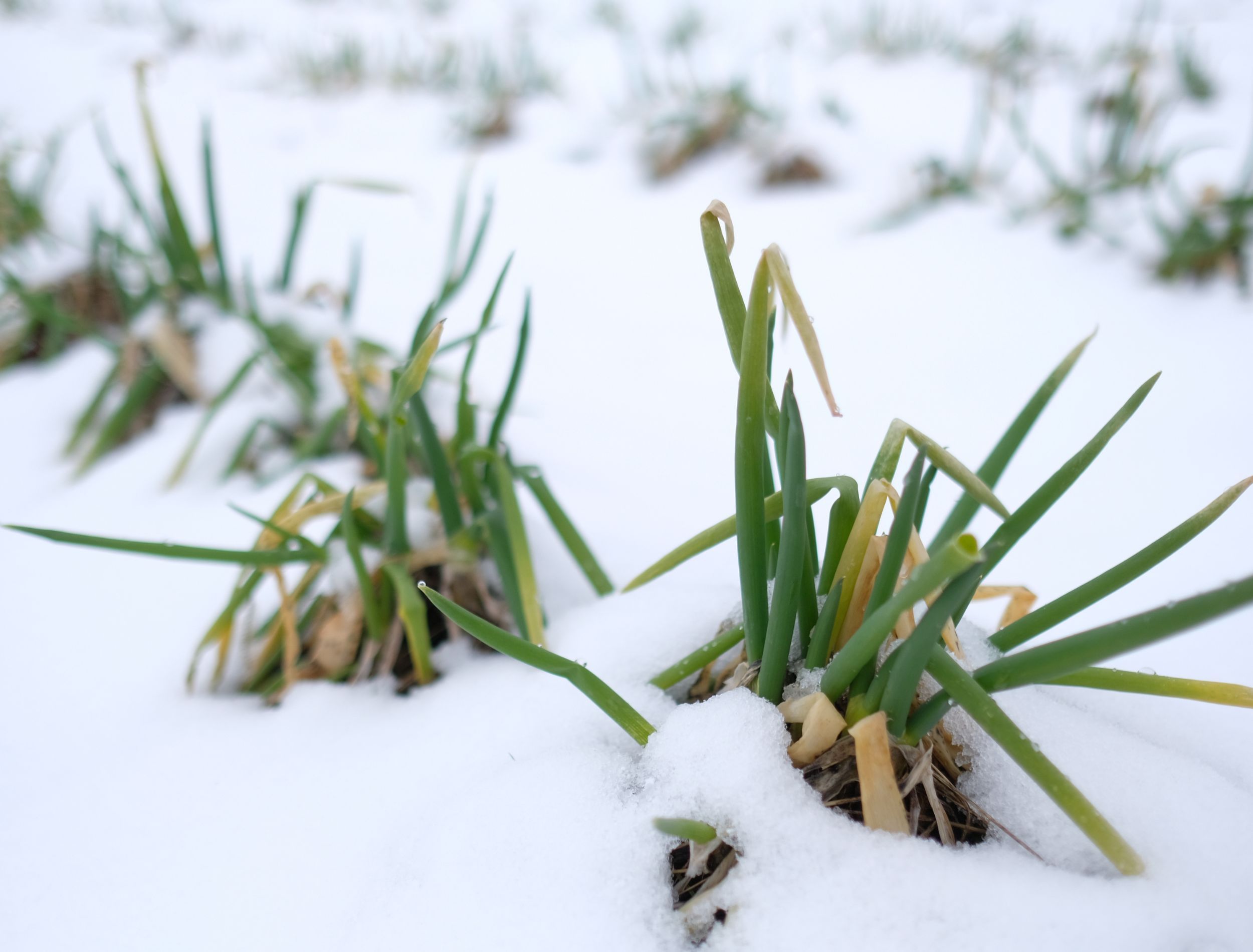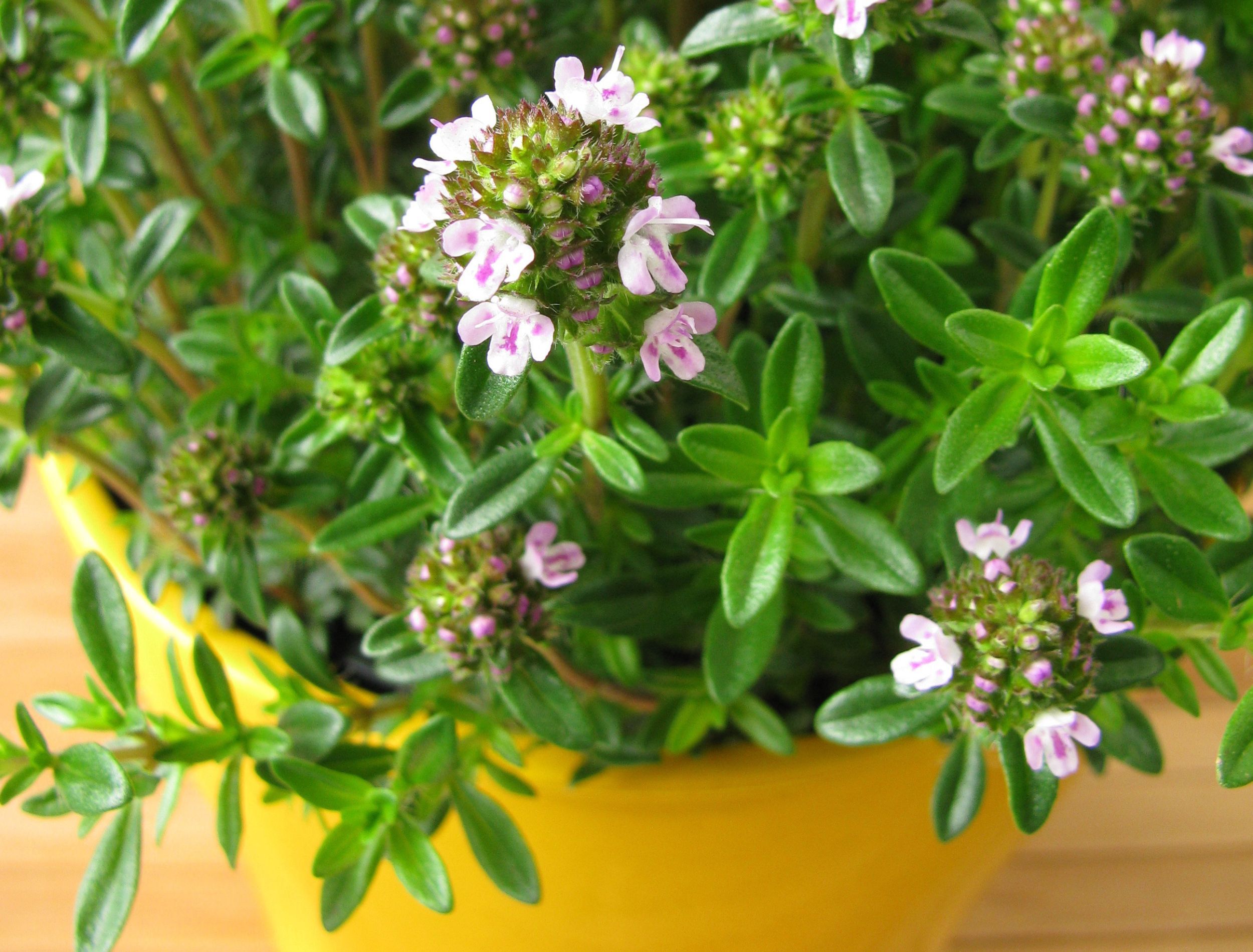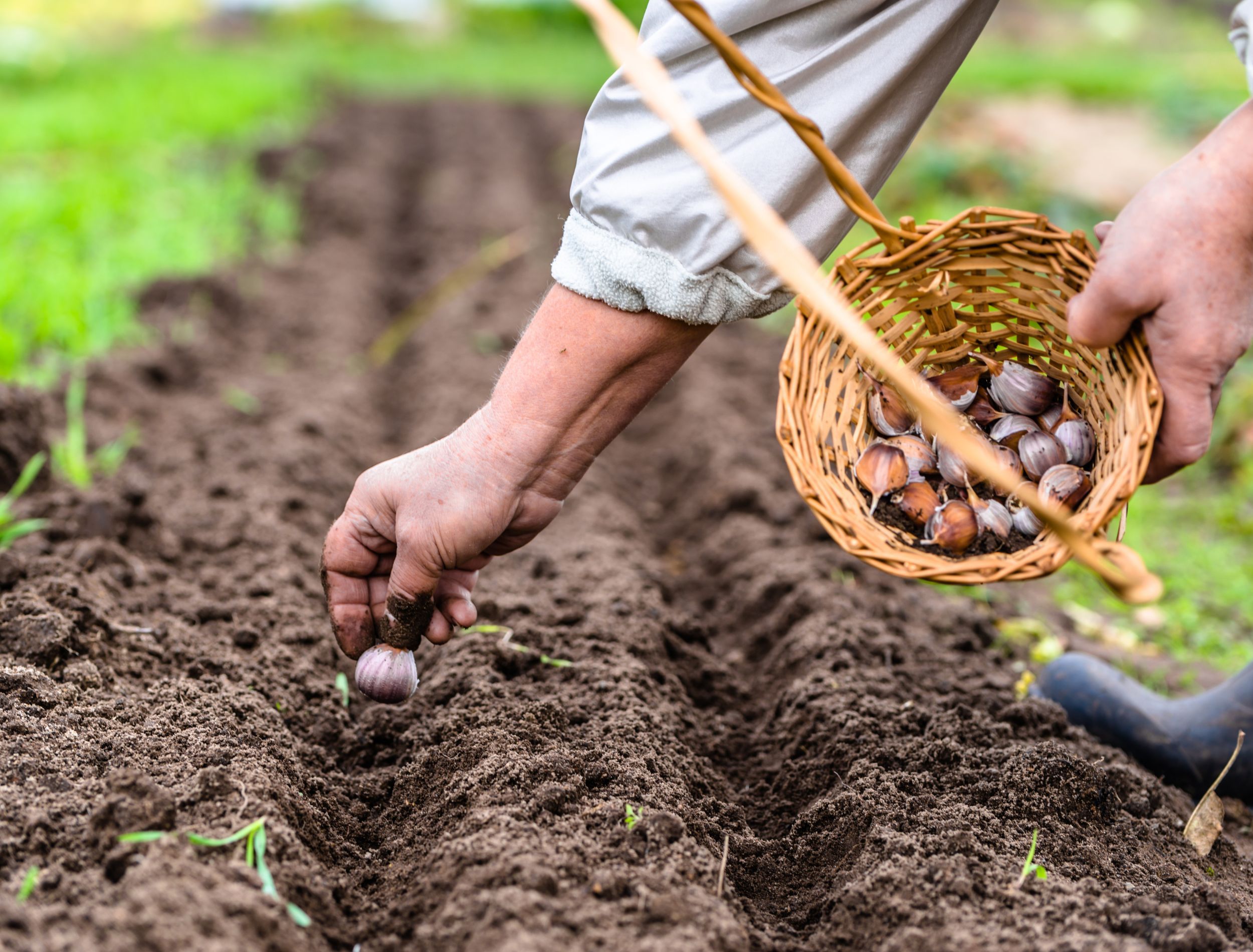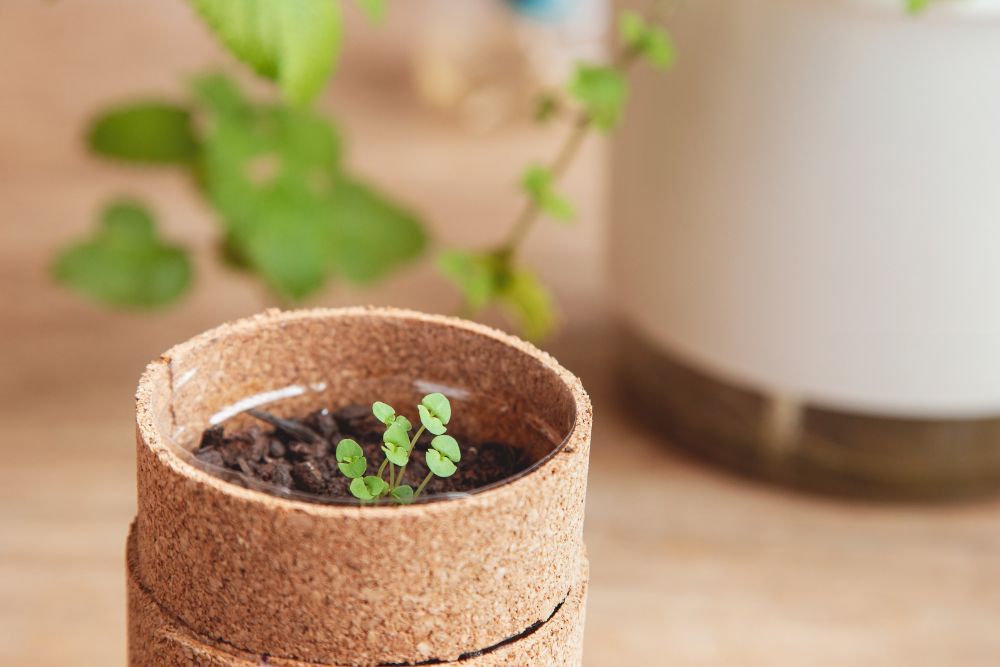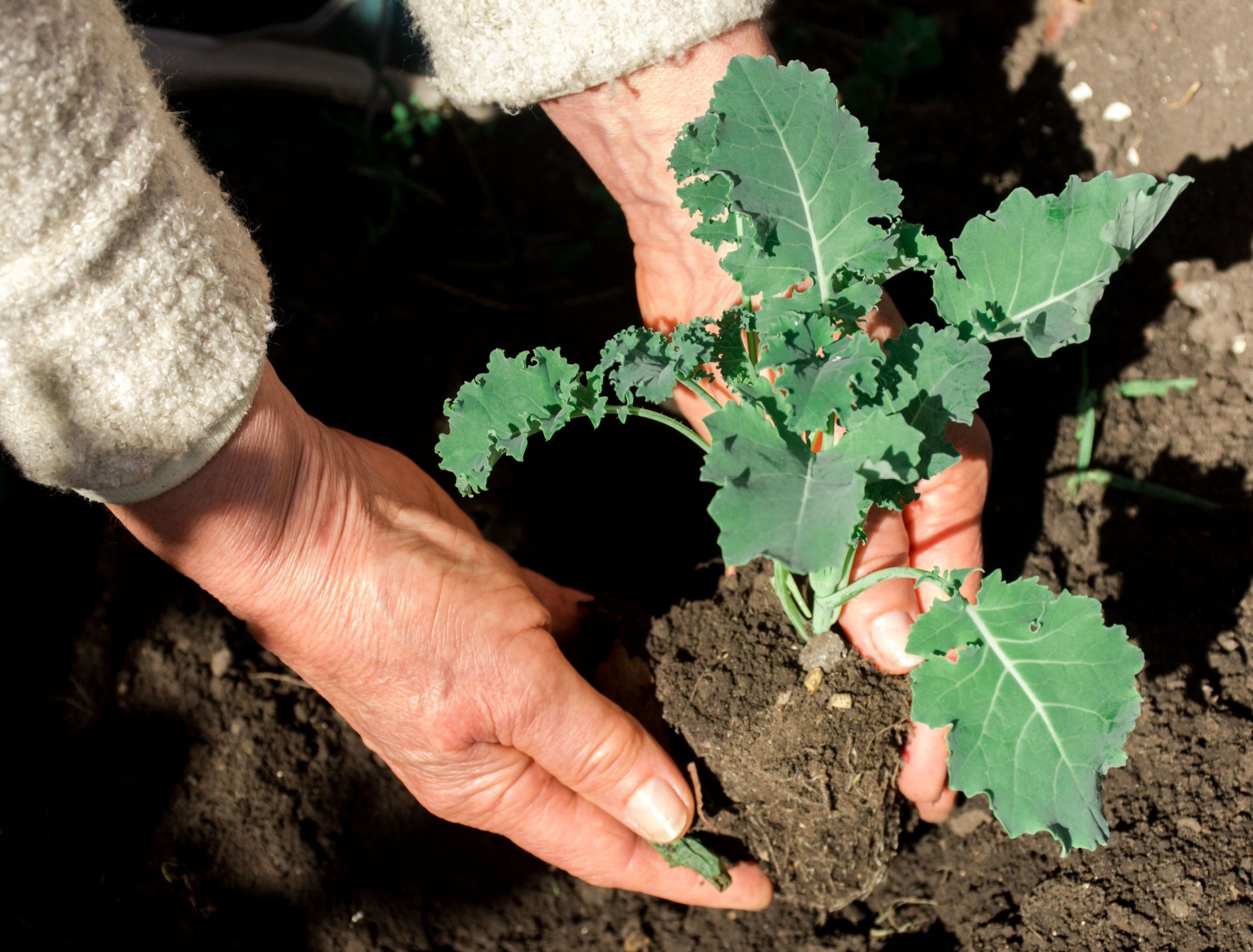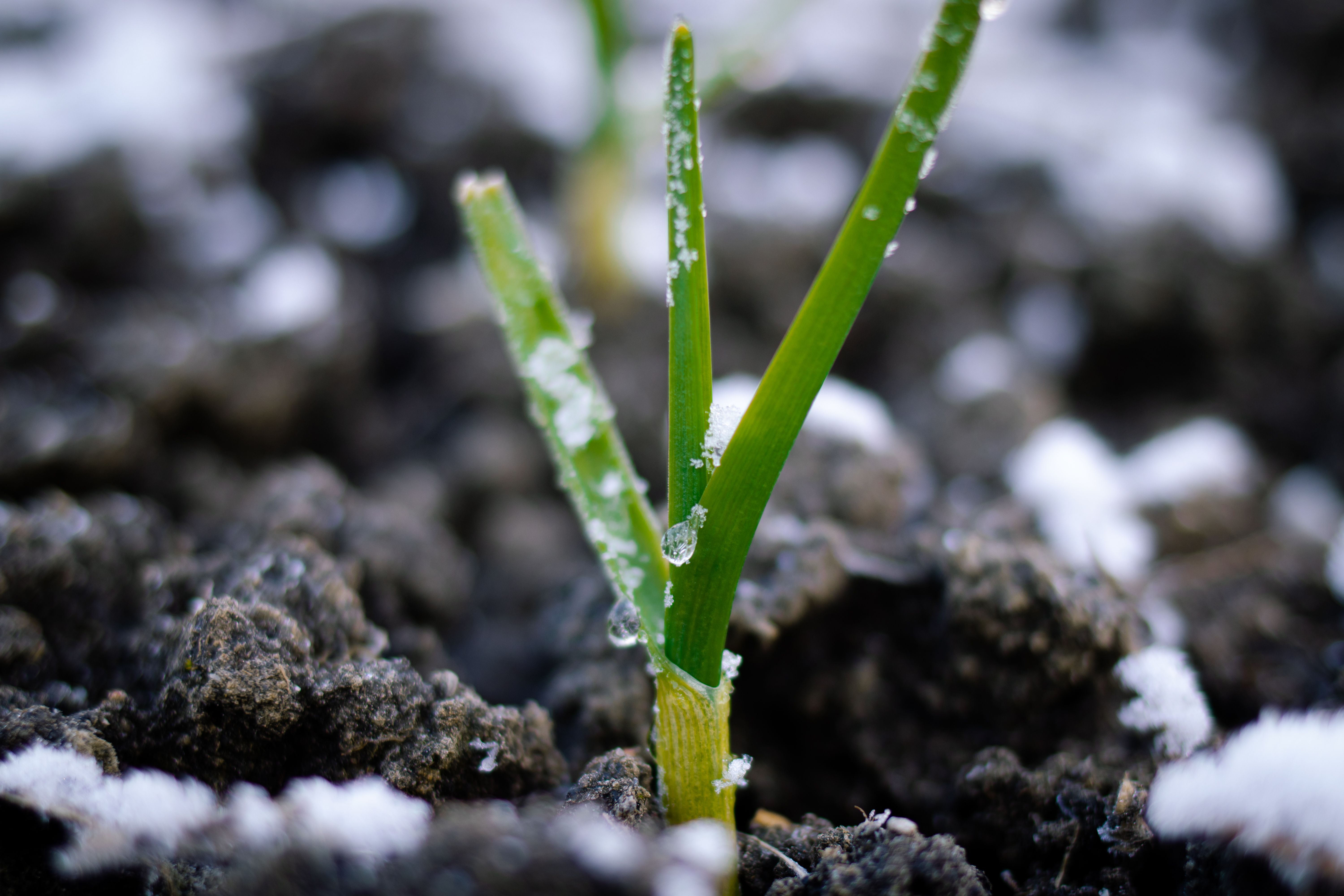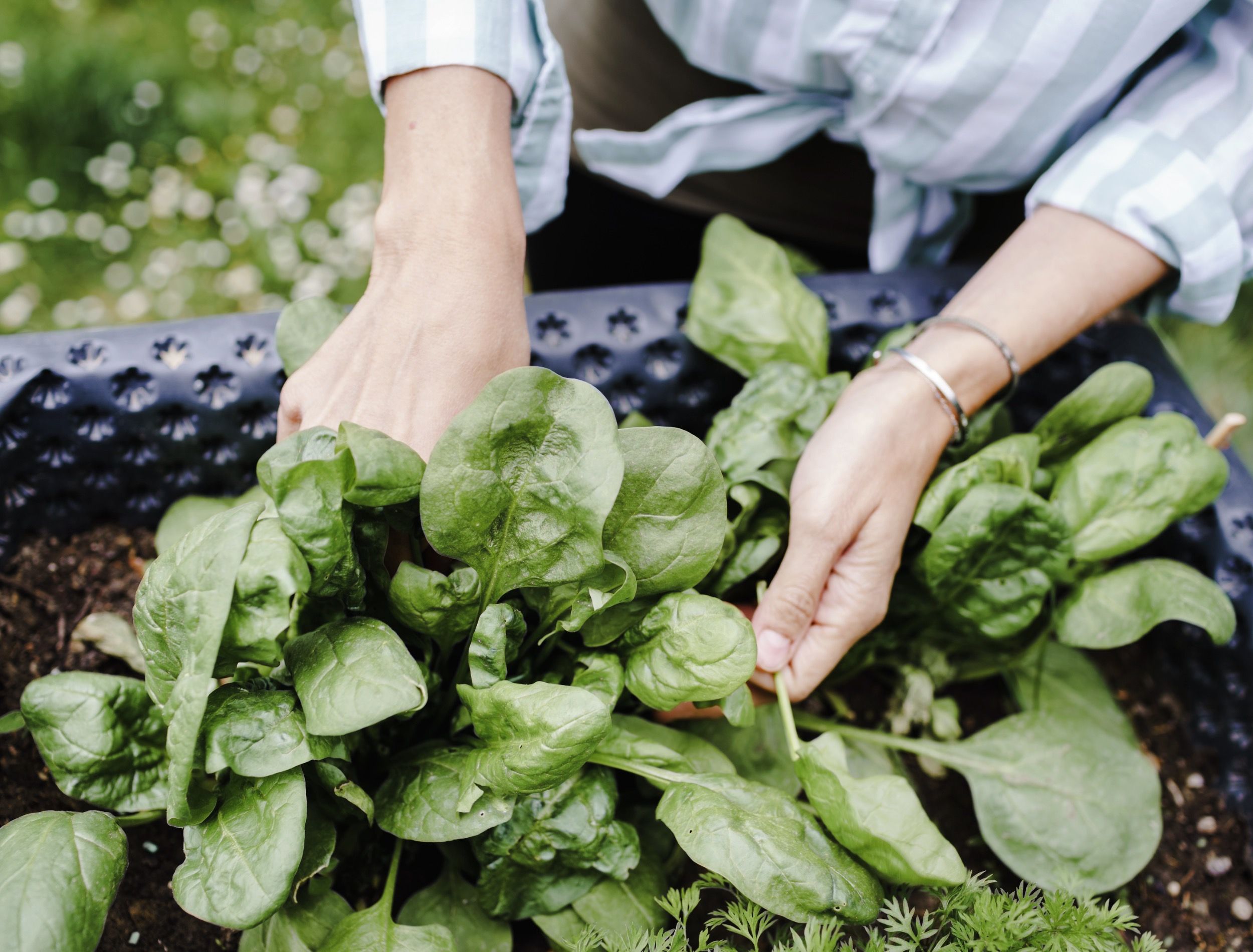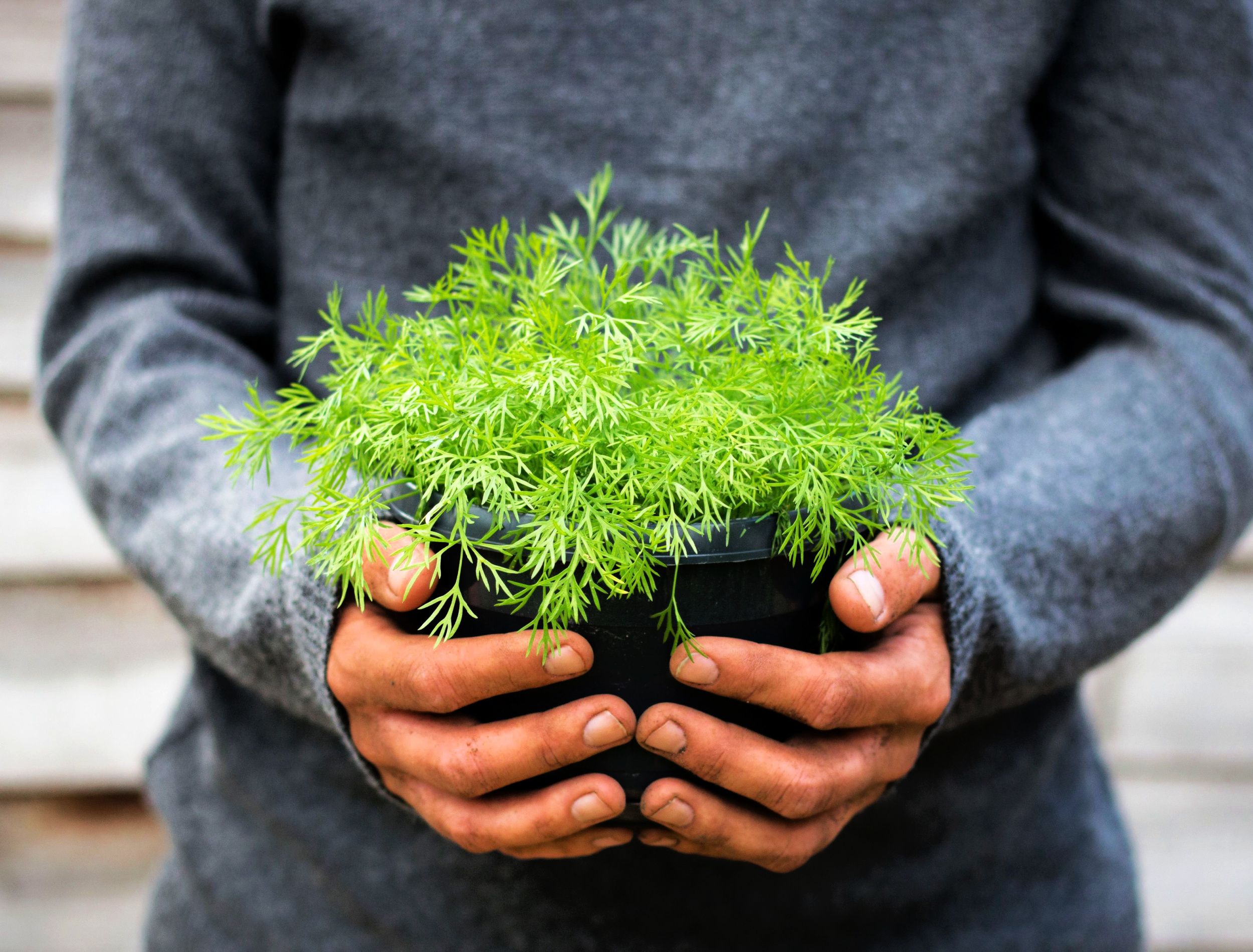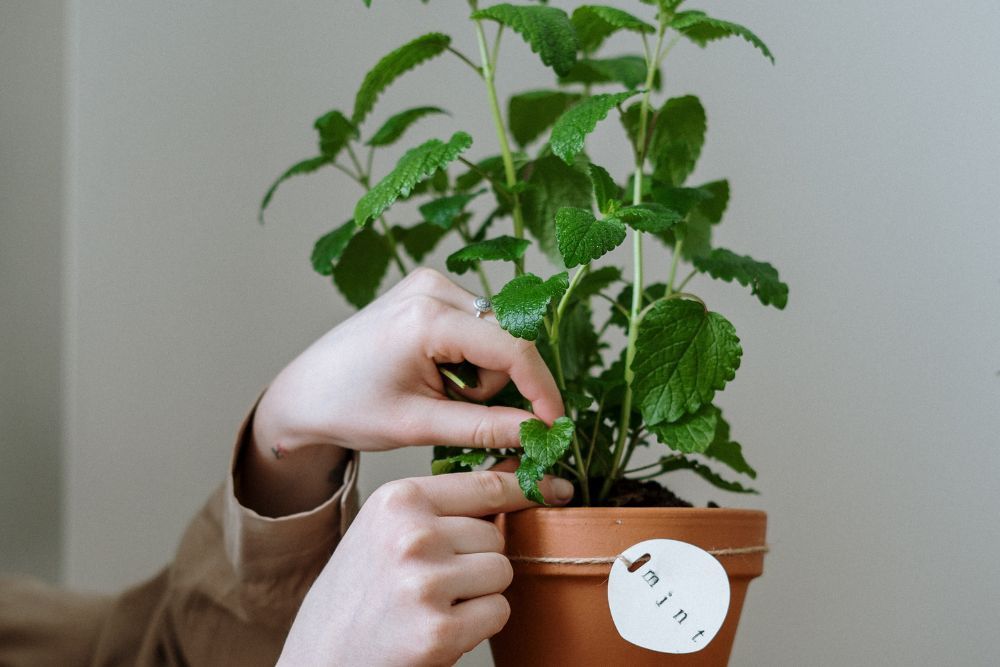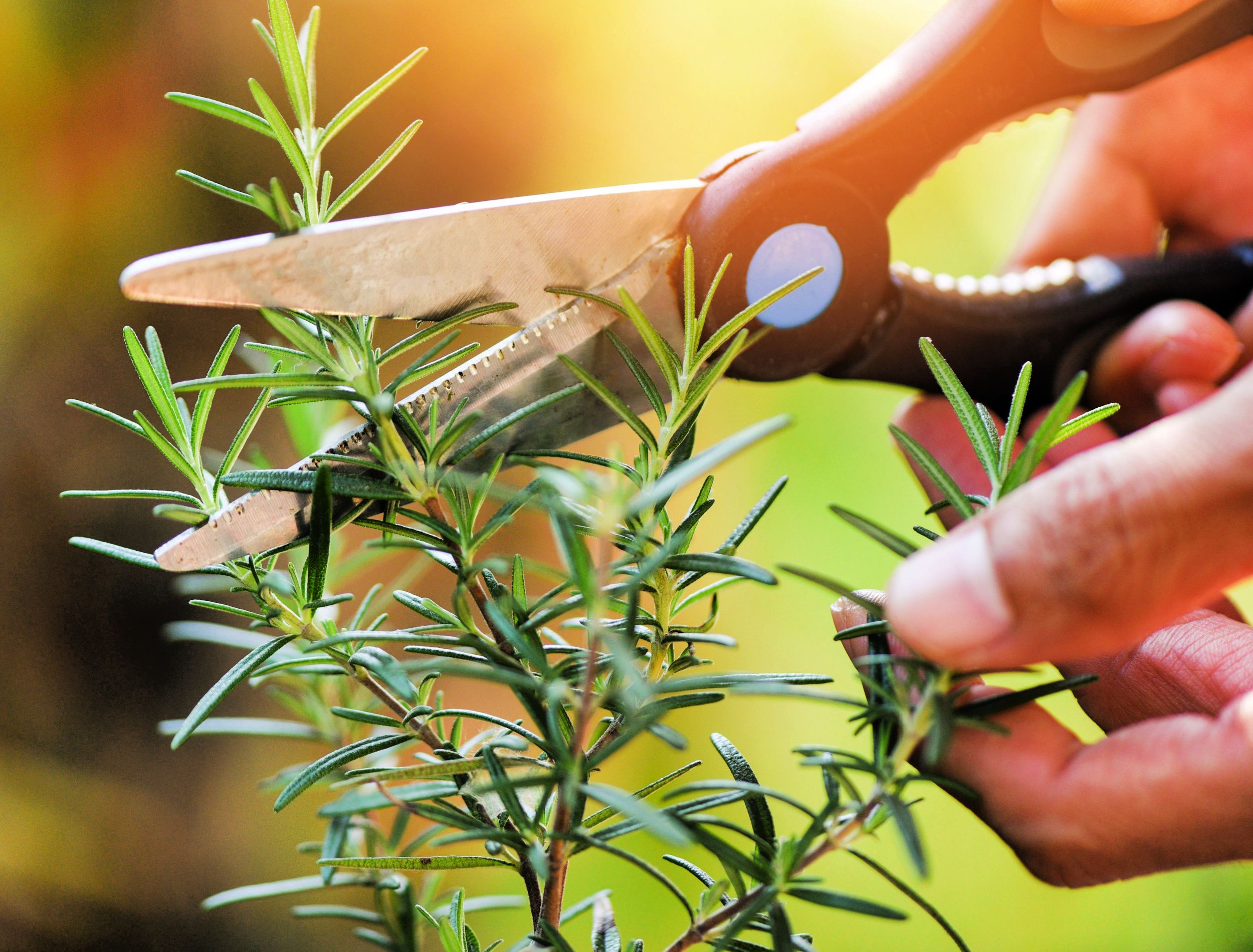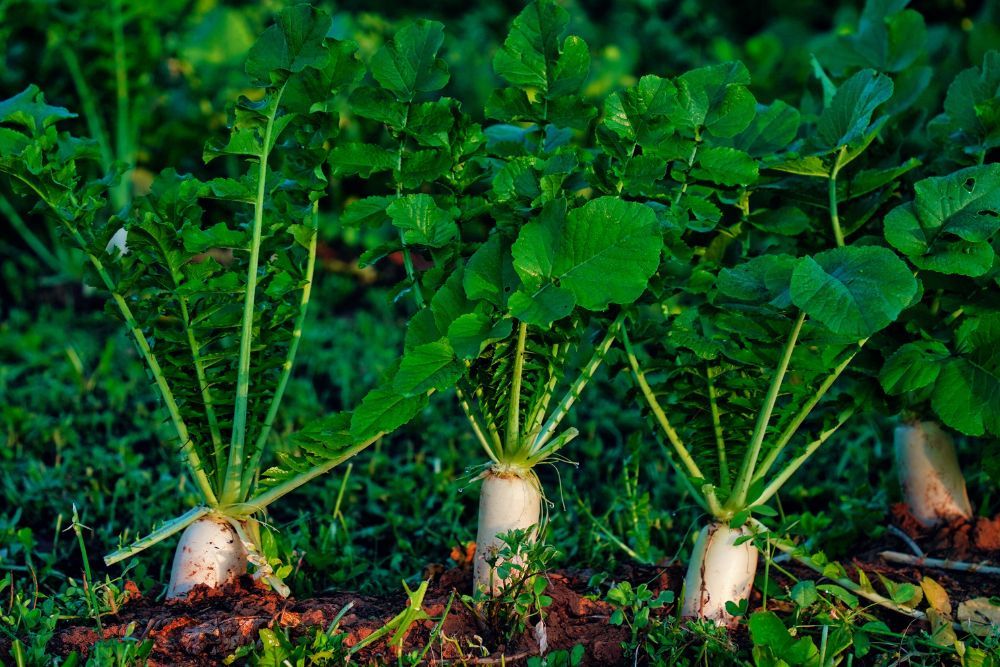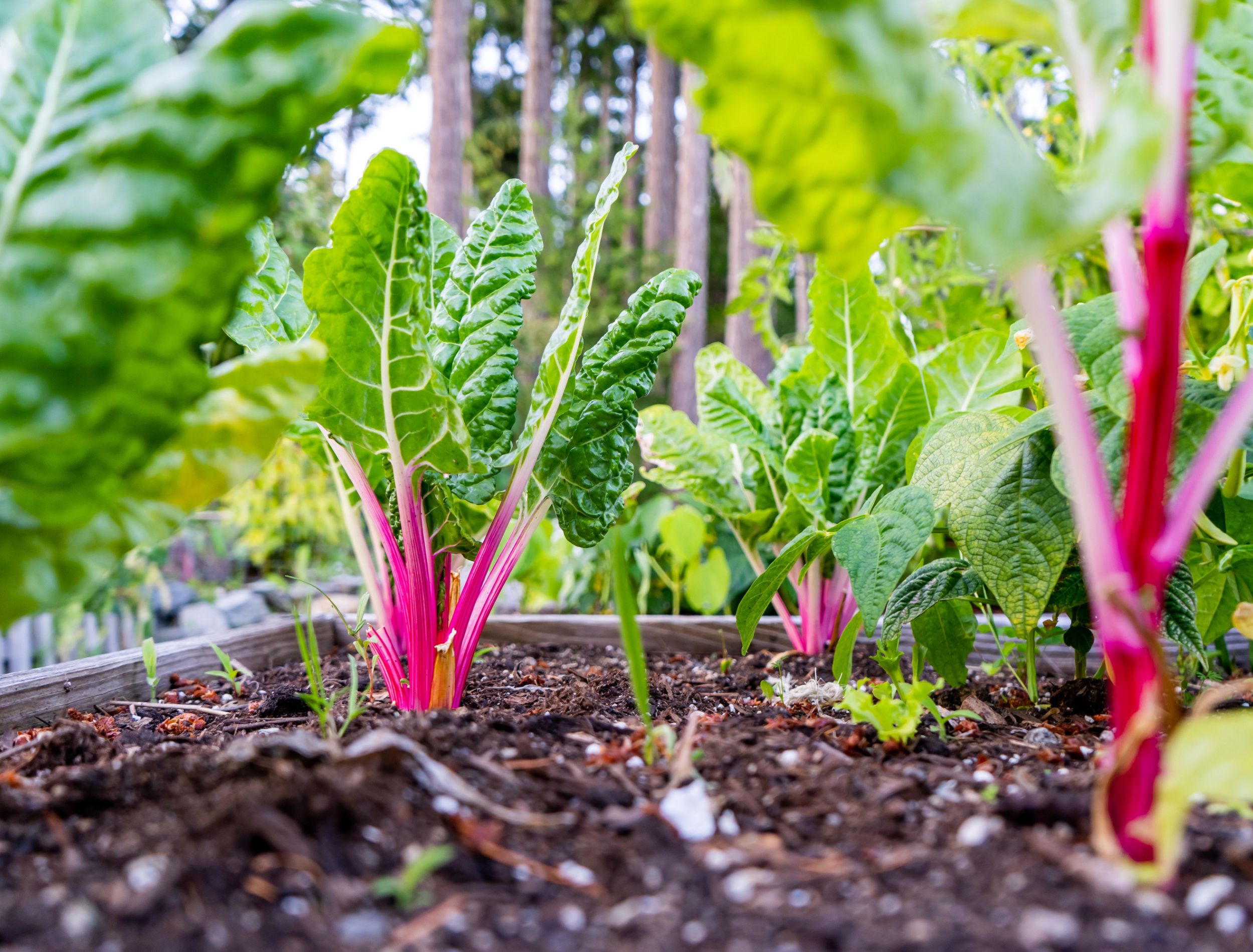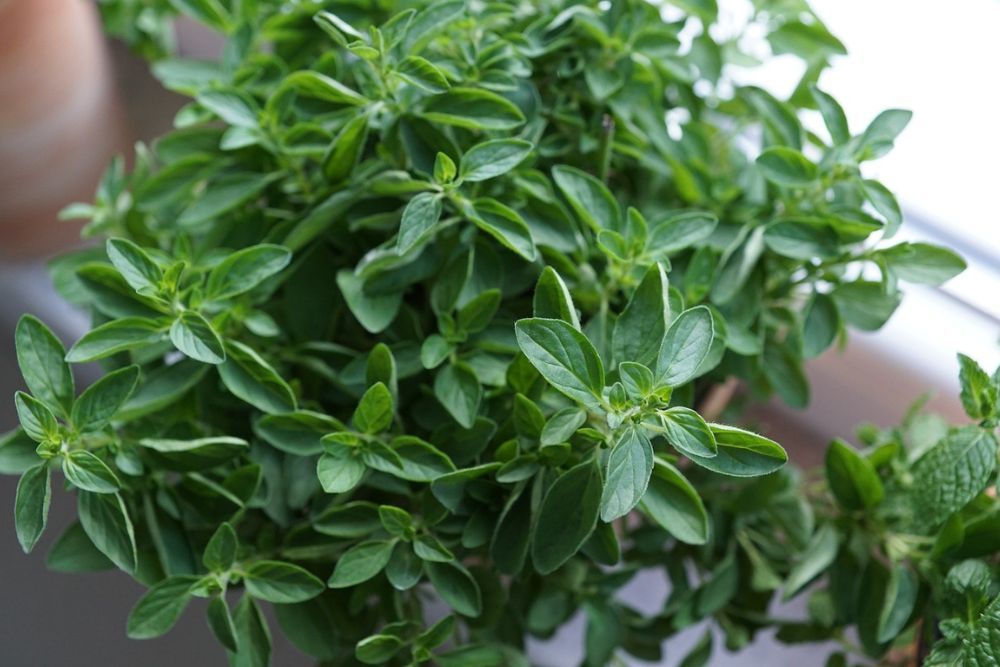Key Takeaways
- Don't let the cold weather stop you from gardening. Focus on winter gardening by planting herbs like winter savory, oregano, and basil indoors.
- Winter vegetables like kale, spinach, and onions can be grown during the cold months.
- Start your spring garden in late winter with winter radishes and Swiss chard.
When sweater weather arrives, it brings frost and snow, and many gardeners wrap up for the season. However, chilly days don't have to stop you from honing your gardening skills.
Instead of packing away your gardening tools for the season, switch your focus to winter gardening. Dust off your gardening gloves, discover 12 of the best herbs and vegetables to plant in winter, and start planting!
1 Winter Savory Thrives in Indoor Herb Gardens
Cultivate near a sunny window and harvest after two months
Winter savory (Satureja montana) is a fantastic herb to grow indoors in winter. In an outdoor herb garden, it goes dormant during winter and then produces new foliage in the spring. However, growing herbs indoors in winter allows you to continue enjoying fresh, winter savory.
- Fill a plant container with organic compost.
- Scatter a light layer of seeds on top of the compost.
- Germinate seeds in full sun, at 65 to 68 degrees Fahrenheit.
- Seeds take up to three weeks to sprout after sowing.
|
Hardiness zones |
5 to 10 |
|
Plant growth cycle |
Perennial — it grows back yearly in the spring. It gets woody, so for fresh flavorful foliage, cultivate a new plant every two years. |
|
Sun preferences |
Full sun or at least six hours of sun daily. |
|
Harvesting tips |
North Carolina State University, notes that you can start to gather winter savory within two months after planting seeds. Use sharp scissors to snip off new or young shoots of foliage for seasoning in recipes. |
2 Garlic Is a Hardy Winter Garden Vegetable
Chilly temperatures of 32 to 50 degrees Fahrenheit promote a bumper crop
Garlic (Allium sativum) is an excellent winter vegetable to plant because cold weather promotes a better yield.
- Garlic needs two months at 32 to 50 degrees Fahrenheit.
- Exposure to winter weather encourages large bulbs at harvest time (June to July).
- Plant garlic in November, 2 inches deep in the soil with the clove's peak facing up.
|
Hardiness zones |
4 to 9 |
|
Plant growth cycle |
Annual — replant garlic yearly. |
|
Sun preferences |
Six or more hours of sunshine per day. |
|
Harvesting tips |
According to the University of Maryland, garlic is ready 250 to 270 days after autumn planting. When you see ½ of the green tops (foliage) change colors to brown (June to July), carefully collect your garlic from the soil. |
3 Basil Flourishes in Kitchen Herb Gardens
Basil is a beginner-friendly herb to grow in winter for fresh seasoning
Basil (Ocimum basilicum) is a flavorful choice for growing herbs in winter indoor kitchen gardens. It grows well with tomato plants, making a wonderful companion for indoor tomatoes.
- Tuck basil seeds ¼ inch deep in potting soil.
- Maintain cozy temperatures of 50 to 70 degrees Fahrenheit.
- Sprouts germinate 5 to 10 days after sowing basil seeds.
|
Hardiness zones |
10 |
|
Plant growth cycle |
Usually an annual (temperatures below 50 degrees Fahrenheit kill basil) — perennial (in zone 10). |
|
Sun preferences |
Part shade to full sun (two to six hours of sun per day). |
|
Harvesting tips |
Harvest basil by snipping off individual basil leaves once your plant has six or more leaves. Harvest up to ⅓ at a time to encourage continuous growth. |
4 Grow Winter Vegetables Like Kale for Fresh Greens
Kale tastes sweeter after frost and is hardy to 25 degrees Fahrenheit
Kale plants (Brassica oleracea var. acephala) are delicious leafy vegetables to plant in winter. They are an excellent choice if you want to cook with home-grown vegetables after a fall frost.
- Amend the garden beds before planting. Till 1 inch of organic matter (compost) for every 100 square feet of your garden.
- Plant seeds ¼ to ½ inch deep in your garden bed when it's 45 to 85 degrees Fahrenheit.
- Kale is hardy to 25 degrees Fahrenheit — frost infuses sweet flavors into the leaves.
|
Hardiness zones |
2 to 11 |
|
Plant growth cycle |
Annual (grows in one season) or biennial (grows over two years). |
|
Sun preferences |
Full sunlight (six or more daily hours of sun). |
|
Harvesting tips |
Harvest up to ⅓ of your kale plant at a time, about 50 to 75 days after sowing seeds, by trimming off the exterior foliage first. |
5 Onions Are Savory Winter Vegetables
Seeds germinate at temperatures as low as 40 degrees Fahrenheit
Onions (Allium cepa) are delicious winter vegetables that complement a wide range of recipes. Growing onions in winter, is a fun way to keep your vegetable garden thriving during the coldest months of the year.
- Directly sow onion seeds ¼ to ½ inch deep in your garden.
- Plant onion seeds a month before it plummets to a chilly 40 degrees Fahrenheit.
- Depending on the variety, you can also plant onions in the spring or fall.
|
Hardiness zones |
5 to 10 |
|
Plant growth cycle |
Biennials or perennials — depending on the onion cultivar. |
|
Sun preferences |
Full sunshine (at least six hours of sunlight daily). |
|
Harvesting tips |
The University of Maryland recommends harvesting onion bulbs when ⅔ of the onion's foliage collapses (100 to 120 days) and green onions when the foliage reaches 6 inches (50 days). |
6 Cultivate Spinach in Winter With Row Covers
Briefly lift the row cover if it warms to 40 degrees Fahrenheit for a winter harvest
Spinach (Spinacia oleracea) thrives in cool temperatures and tolerates chilly weather as low as 20 degrees Fahrenheit.
- Sow spinach seeds, ¼ to ½ inch deep when the soil cools to 70 degrees Fahrenheit in autumn.
- Ohio State University advises that you prepare spinach for snowy winter weather by using row covers to protect the plants.
- If temperatures rise to 40 degrees Fahrenheit, you can check your crop, and temporarily lift the row cover to pick spinach. Once the soil is consistently 40 degrees Fahrenheit or warmer, you can keep the protective row cover off.
|
Hardiness zones |
2 to 11 |
|
Plant growth cycle |
Annual — plant each year. |
|
Sun preferences |
Full sun or part shade — minimum of two hours daily. |
|
Harvesting tips |
Pick spinach leaves for fresh foliage of any size. |
7 Enjoy Winter Herbs With Dill Indoors
Infuse your indoor winter herb garden with aromatic dill
Fresh dill (Anethum graveolens) adds savory flavors to home recipes, enhances the aesthetic of your home with bright greenery on a snowy day, and elevates indoor herb gardens with a delightful aroma.
- Sow seeds ¼ inch deep in pots with a high-quality potting mix that has superb drainage.
- Keep temperatures around 70 degrees Fahrenheit to promote germination.
- Watch for cheerful sprouts to pop out of the soil up to two weeks after planting.
|
Hardiness zones |
2 to 11 |
|
Plant growth cycle |
Annual and self-seeding — naturally drops seeds for next year. |
|
Sun preferences |
Partial shade or full sun with two to six or more hours per day. |
|
Harvesting tips |
Trim foliage when your dill plant has at least four to five leaves. |
8 Elevate Your Kitchen in Winter With Mint Plants
Grow mint from stem cuttings and plant it in 12-inch containers
Cultivating mint (Mentha) is an inspiring way to uplift your home with herbal fragrances when the earth freezes outside.
- Mint grows wells from propagations. Trim a 6-inch stem from your mint plant, and then pop it in a jar with water until you see roots forming.
- Transplant your mint stem into a container by laying it flat (horizontally) on top of the surface of the potting mix, and cover the roots with soil.
- Mint loves to spread, so choose a spacious 12-inch container.
|
Hardiness zones |
Depends on the cultivar — peppermint (Mentha x piperita) prefers zones 5 to 9. |
|
Plant growth cycle |
Perennial |
|
Sun preferences |
Partial shade to full sun (flexibly adapts to two to six hours of sunshine). |
|
Harvesting tips |
Snip mint foliage off the plant when you need it to elevate a recipe. Alternatively, gather an entire plant by cutting it with scissors 1-inch above the soil. |
9 Cultivate Rosemary for Evergreen Winter Herbs
Rosemary provides a year-round opportunity for harvesting
Although many herbs grow best indoors during the winter, rosemary (Salvia rosmarinus) has evergreen foliage. According to the University of Maryland, this winter herb can tolerate frigid temperatures as low as 5 degrees Fahrenheit.
- Encourage a thriving plant by taking stem cuttings for propagation 8 to 10 weeks before the final spring frost, then, transplant outdoors.
- Trim 4 to 6 inches off of a rosemary branch (partial woody or brown and green growth).
- Remove the foliage from ½ the lower stem, then use sharp scissors to shave away 1 inch of the woody bark on the stem's end.
- Plant the cutting in a container that is a minimum of 4 inches deep, so you can place the stem 3 inches into the soil.
- Irrigate the soil to keep it moist. Find out if your soil needs more water by popping a toothpick into it. If the toothpick is dry, it needs water!
|
Hardiness zones |
7 to 11 |
|
Plant growth cycle |
Perennial |
|
Sun preferences |
Full sunlight or a minimum of six hours daily |
|
Harvesting tips |
Use pruning shears or scissors to cut the new green tips at the edges of the branches, harvesting up to ⅓ of your rosemary plant. |
10 Winter Radishes Are Cool-Season Crops
Start your vegetable garden in late winter with daikon radishes
Winter radishes, also known as daikon radishes (Raphanus raphanistrum subsp. sativus) are a crisp and refreshing selection for winter vegetable gardens.
- North Carolina State University, suggests that you can plant winter radishes in February.
- Plant radish seeds ¼ to 1 inch deep, depending on the cultivar's preferences.
- Encourage a bumper crop by sowing winter radish seeds every 14 days.
|
Hardiness zones |
2 to 11 |
|
Plant growth cycle |
Annual or biennial |
|
Sun preferences |
Partial shade to full sun (ideally four to five hours per day). |
|
Harvesting tips |
Radishes grow rapidly! You can harvest winter radishes three to six weeks after planting or when you see the top of the radish appearing in your garden bed. |
11 Get an Early Start With Swiss Chard
Sow seeds when the soil is 40 degrees Fahrenheit
Swiss chard (Beta vulgaris var. cicla) is another fabulous vegetable to cultivate in a late winter garden. It thrives in cool weather and is most flavorful if you harvest it before the sizzling heat of summer.
- Sow seeds when the soil warms to 40 degrees Fahrenheit in late winter, or three weeks before the last frost in spring.
- Place the seeds on the surface of the garden bed, then spread a thin ½ to 1-inch layer of soil over top.
- Watch for sprouts one to two weeks after direct sowing.
|
Hardiness zones |
2 to 11 |
|
Plant growth cycle |
Biennial (frequently cultivated like an annual) |
|
Sun preferences |
Prefers six to eight hours of sunshine per day. |
|
Harvesting tips |
Harvest ready 50 to 70 days after planting seeds in your garden or when plants are 6 inches tall. Use scissors to cut the stalks about 2 inches above the ground to collect the outer foliage first. |
12 Enjoy Fresh Oregano in the Middle of Winter
Cultivate plants in 6-inch pots, under fluorescent lights for 10 hours daily
Oregano (Origanum) thrives in containers, making it a flavorful choice for indoor gardening when the world outside is frosty.
- Scatter oregano seeds over the surface of potting mix in a 3-inch container and maintain temperatures of 60 degrees Fahrenheit to promote germination.
- Thin seedlings, so that each plant has a 6-inch pot.
- Supplement low winter light by placing oregano within 8 to 10 inches of fluorescent lights for 10 hours per day.
|
Hardiness zones |
3 to 10 |
|
Plant growth cycle |
Perennial |
|
Sun preferences |
Full sun — at least six hours of sun daily. |
|
Harvesting tips |
With pruning shears, trim up to ⅓ of your oregano plant once it reaches 6 inches. |
Make the most of chilly winter weather by adapting your gardening routine.
- Cultivate a thriving winter vegetable garden with kale, spinach, and onions.
- Get a head start for spring harvests by planting Swiss chard and radishes in late winter.
- Enjoy fresh herbs in the comfort of an indoor kitchen herb garden all year long!
Then share your tips with friends and family so they can enjoy flavorful harvests of fresh vegetables and herbs in winter.

